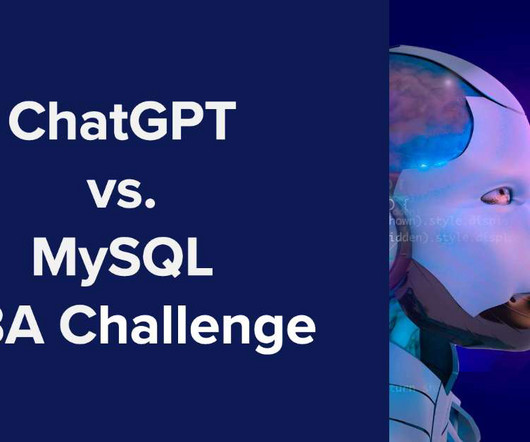Observability vs. monitoring: What’s the difference?
Dynatrace
NOVEMBER 3, 2021
For example, when monitoring a database, you’ll want to know about any latency when writing data to a disk or average query response time. At the same time, metrics on a dashboard are showing resource exhaustion issues, such as lack of available memory.
















Let's personalize your content